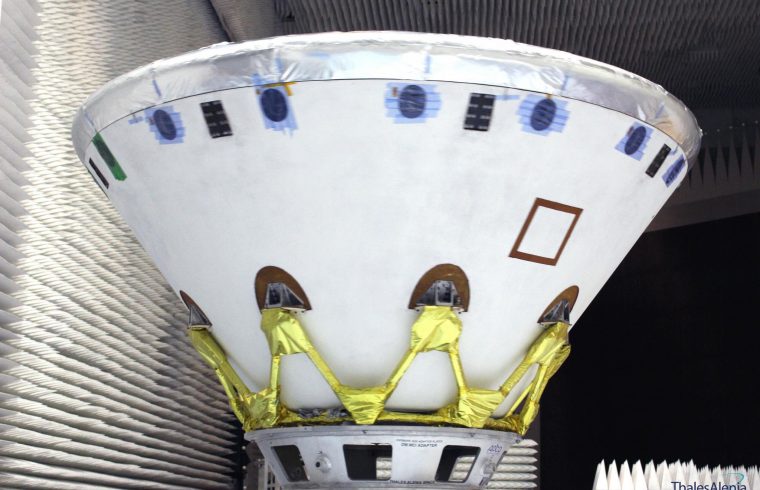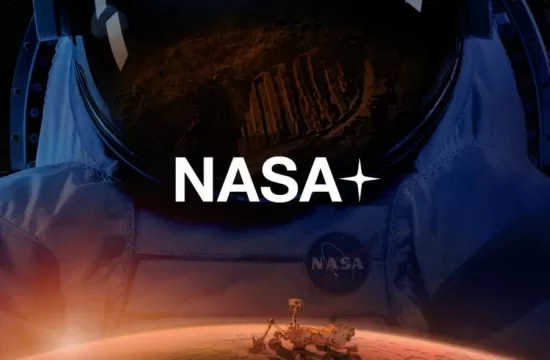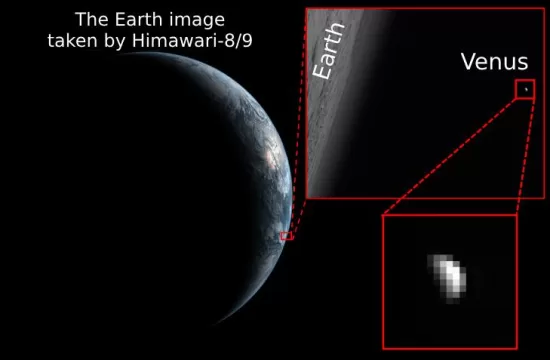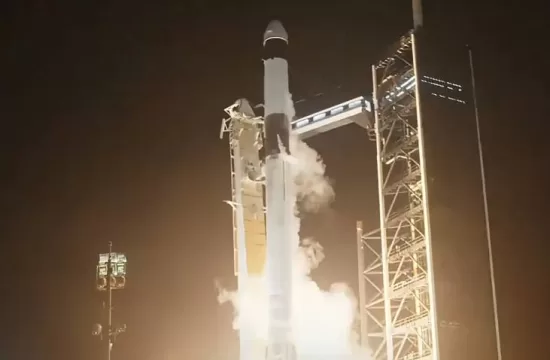Essential preparation for the mission’s flight to Mars and plunge through the planet’s atmosphere is to ensure the spacecraft is perfectly balanced when spinning.
The ExoMars 2022 mission comprises four main units: the ESA-led Rosalind Franklin rover and Roscosmos-led Kazachok surface platform that will perform science activities on the surface of Mars, the descent module in which they are encapsulated, and the carrier module that will transport them from Earth to Mars following launch.
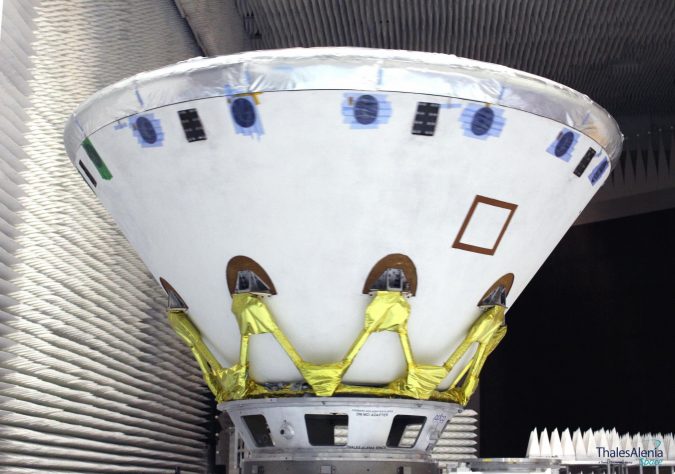
During the cruise to Mars the complete ‘spacecraft composite’ (comprising all four units) will be spinning at about 2.75 revolutions per minute, in order to stabilise itself on its trajectory. The dynamic balancing test checks that there are no imbalances that could induce wobbles in space that would require too much fuel to compensate. It is also important that the spacecraft is balanced so that it spins smoothly around its rotation axis, to keep its antenna pointed to Earth, so that a communication link is possible.
Once the descent module is released close to Mars, about 30 minutes prior to atmospheric entry, the original spin rate is maintained until atmospheric effects take over, and when the first parachute is deployed. Complete despinning occurs once the propulsion system on the landing platform kicks in close to the surface of Mars.
Therefore, two dynamic balancing tests were conducted: one test for the complete composite spacecraft, and one without the carrier module, for the descent module with rover and platform inside. In all the tests, which were conducted at Thales Alenia Space’s cleanroom facilities in Cannes, France, the actual flight modules were used.
During the test with the spacecraft composite, the unit was subjected to a spin up to 30 rpm, corresponding to a centrifugal acceleration of 2g at the outer edge of the descent module’s heatshield.
Upon completion of the environmental testing at Cannes, the spacecraft will return to Thales Alenia Space’s facilities in Turin, Italy, mid-March, for further functional testing.
Meanwhile at the Rover Operations Control Centre (ROCC) in Turin, the Rosalind Franklin ‘ground test model’ completed an exciting milestone. While the replica rover is still stationary in the clean room, the operations team commanded it like they would when finally on the surface of Mars.
The two main parachutes that will help deliver the mission safely to the surface of Mars are scheduled for the next high altitude drop test in May/June this year, from Kiruna, Sweden.
The ExoMars mission will launch on a Proton-M rocket with a Breeze-M upper stage from Baikonur, Kazakhstan, in the 20 September – 1 October 2022 launch window.
Once landed safely in the Oxia Planum region of Mars on 10 June 2023, the rover will drive off the surface platform, seeking out geologically interesting sites to drill below the surface, to determine if life ever existed on our neighbour planet.
The ExoMars programme, a joint endeavour between ESA and Roscosmos, also includes the Trace Gas Orbiter, which has been orbiting Mars since 2016. As well as its own science mission, Trace Gas Orbiter will provide essential data relay services for the surface mission; it is already providing data relay support for NASA’s surface missions, including the arrival of the Mars 2020 Perseverance rover last month.


